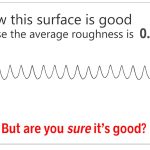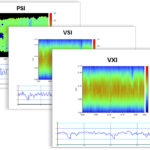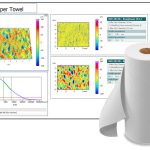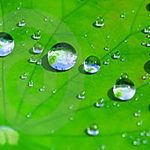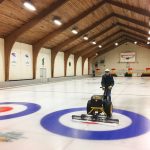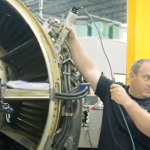Average Roughness
If you rely on average roughness (Ra) to control your surfaces, check out this short animation. It shows that very different surfaces can all have the same Ra value…and Ra alone can’t tell you which one you’ve manufactured! If you want to know more about where to go “beyond Ra,” check out our Surface Roughness, … Read more

